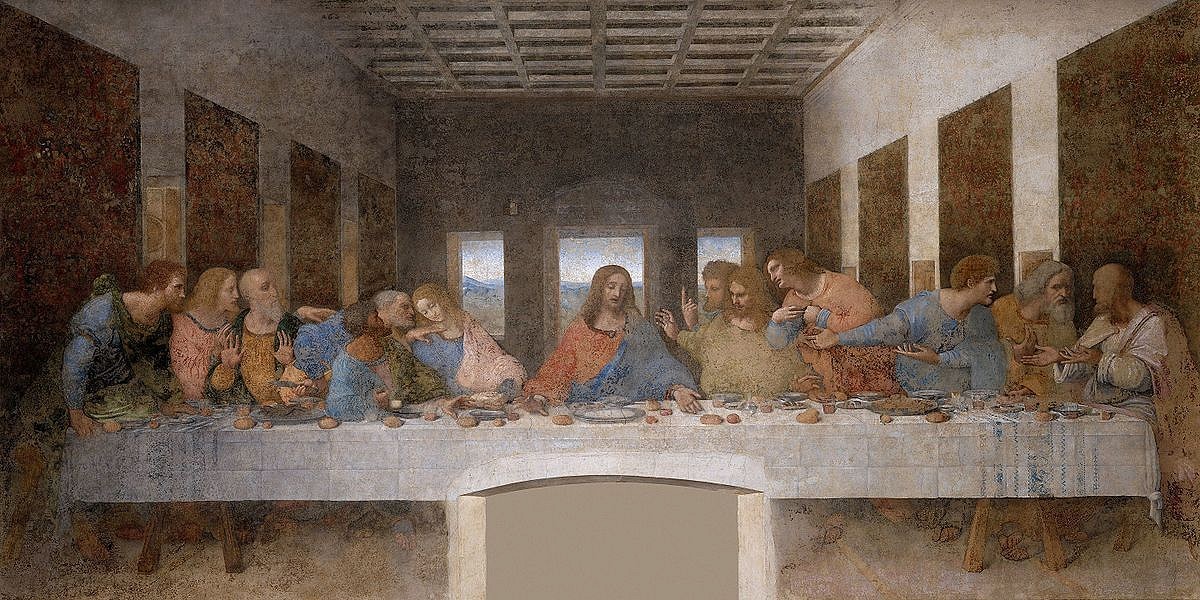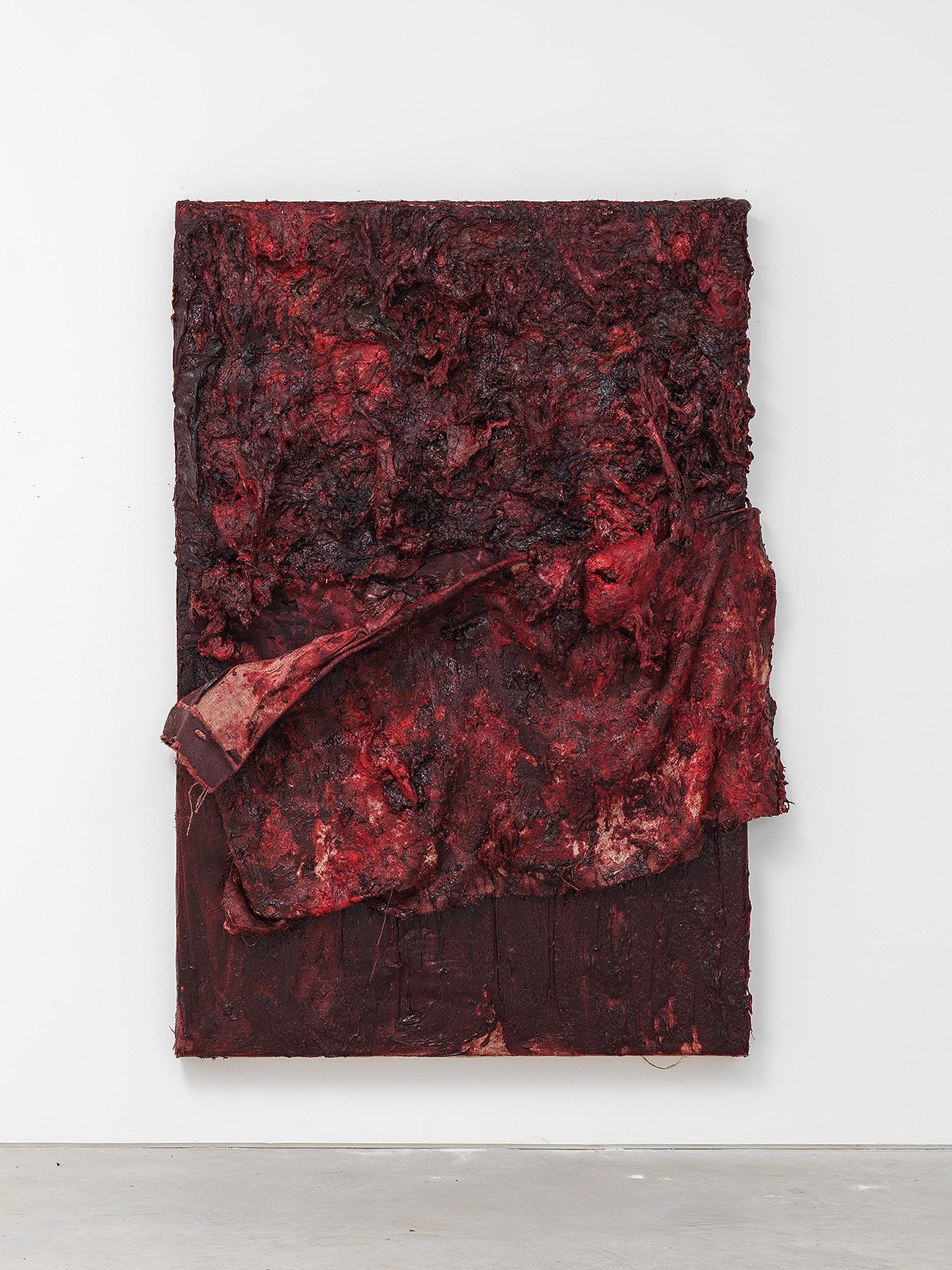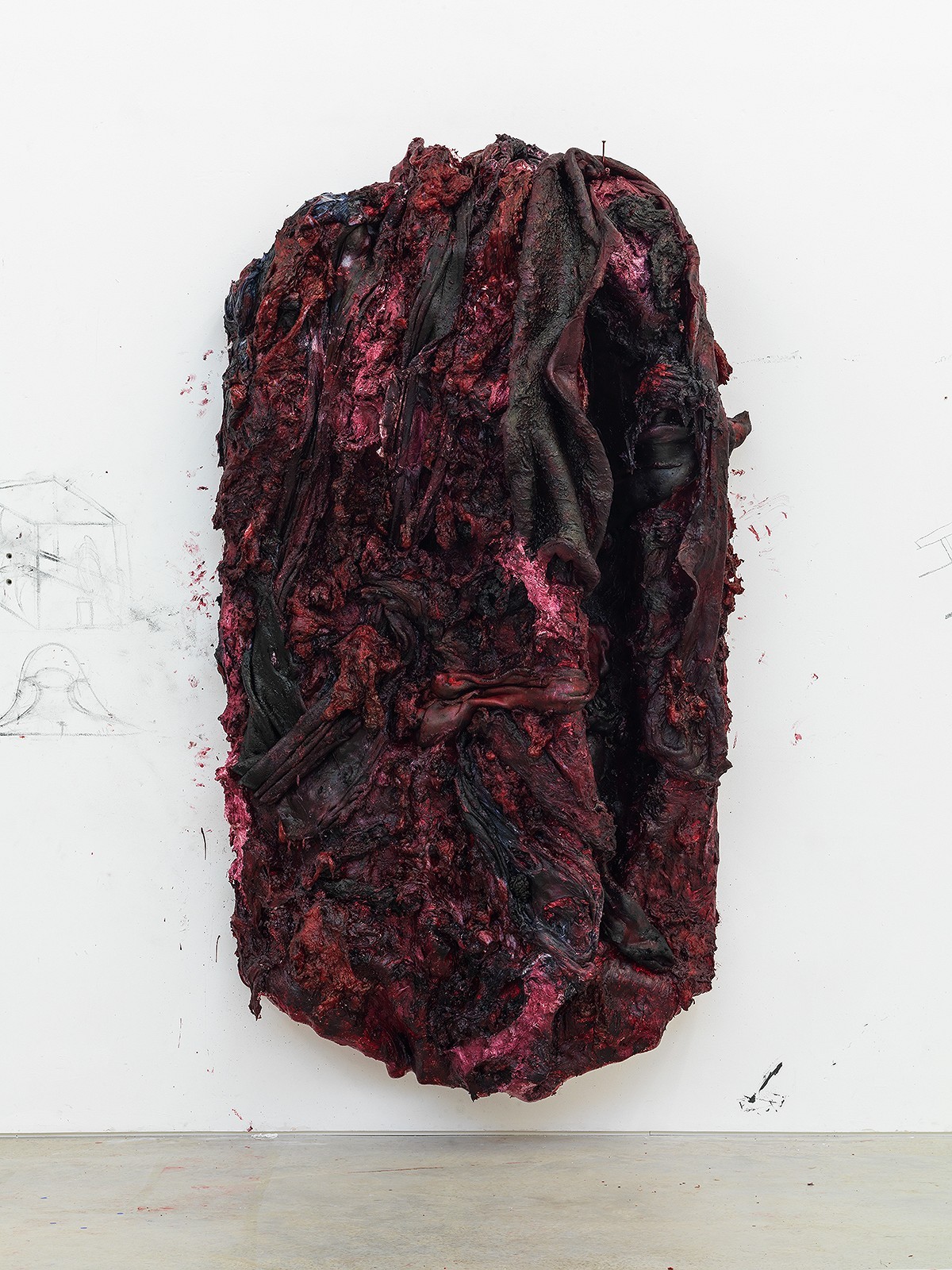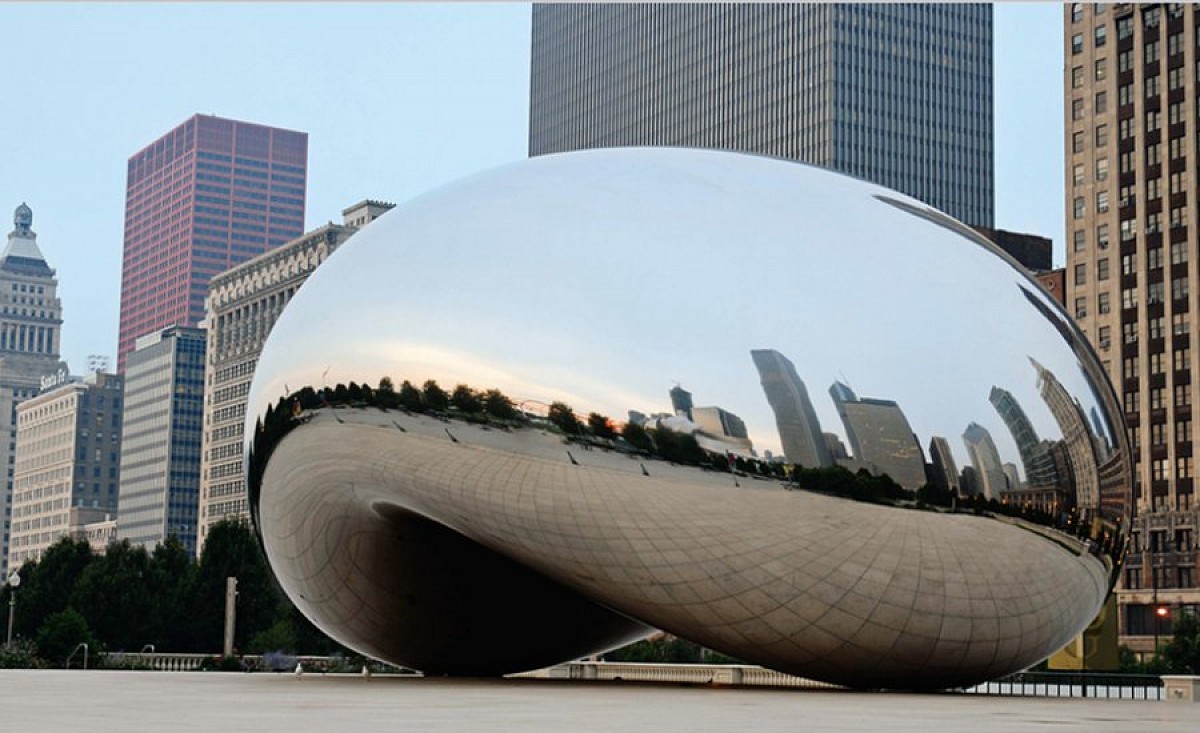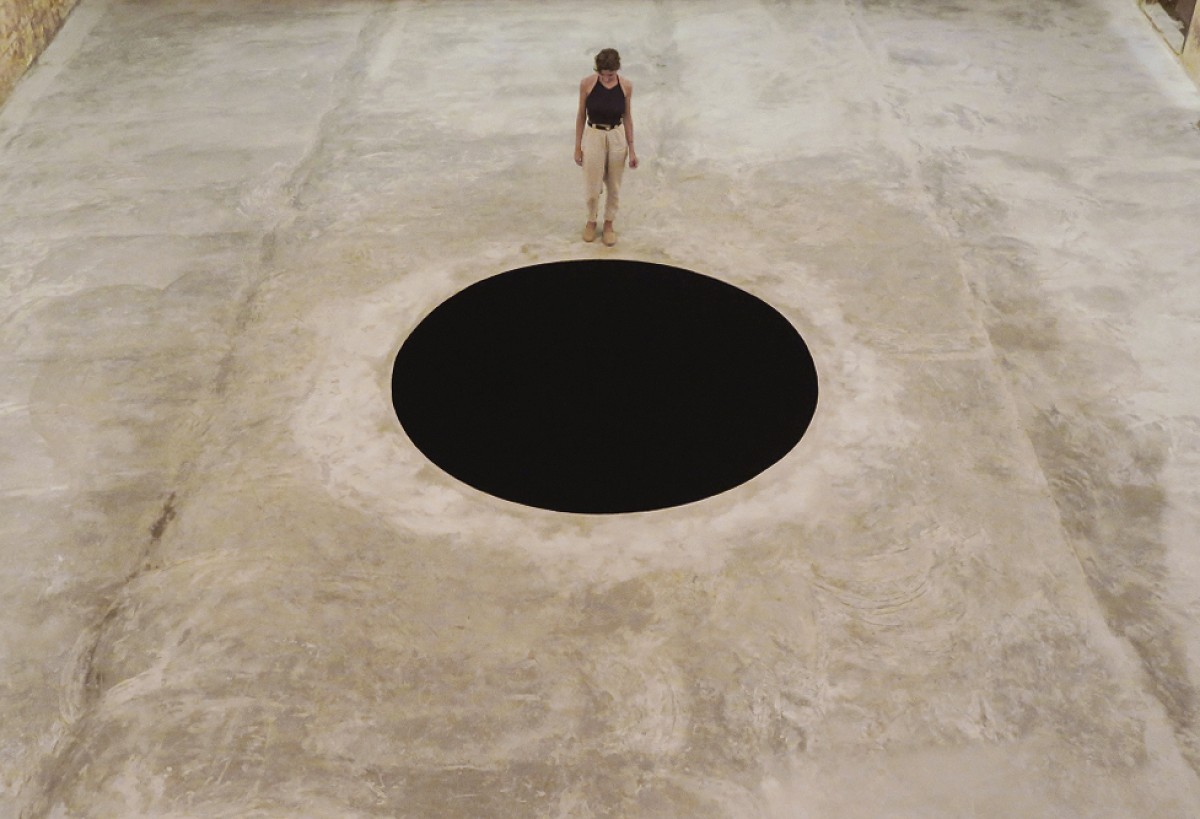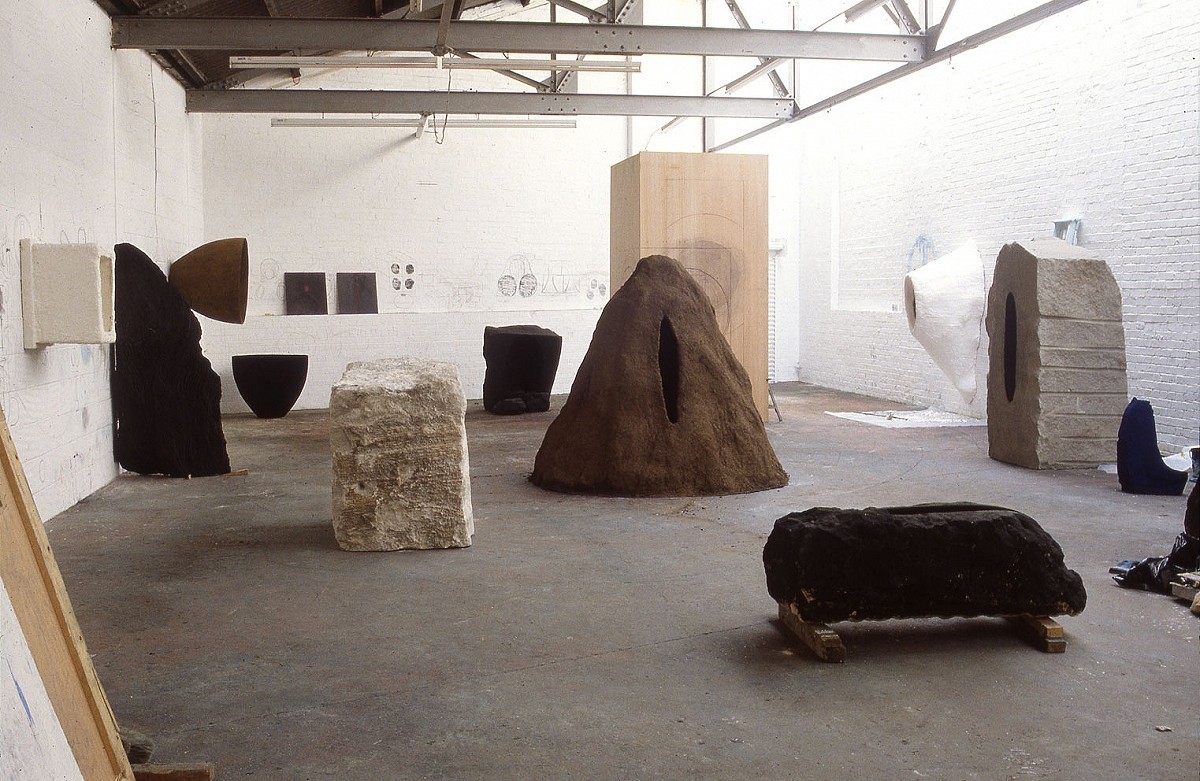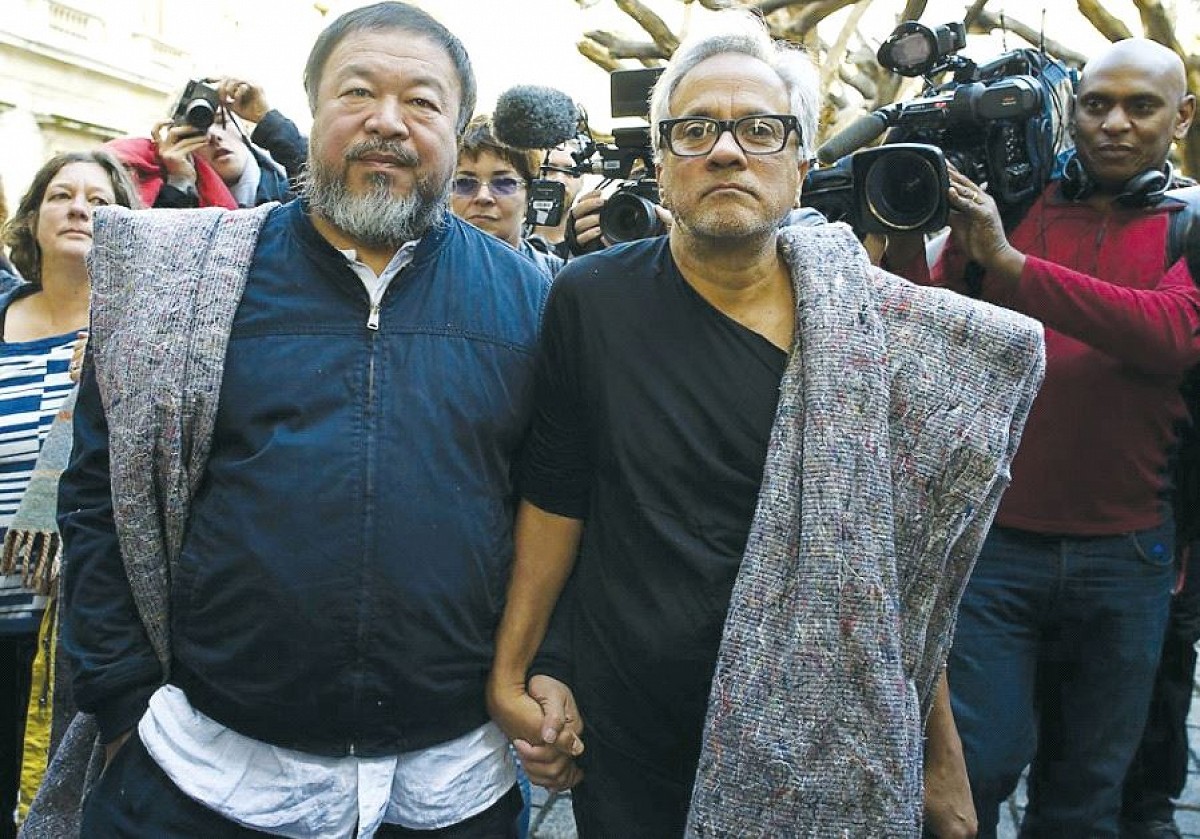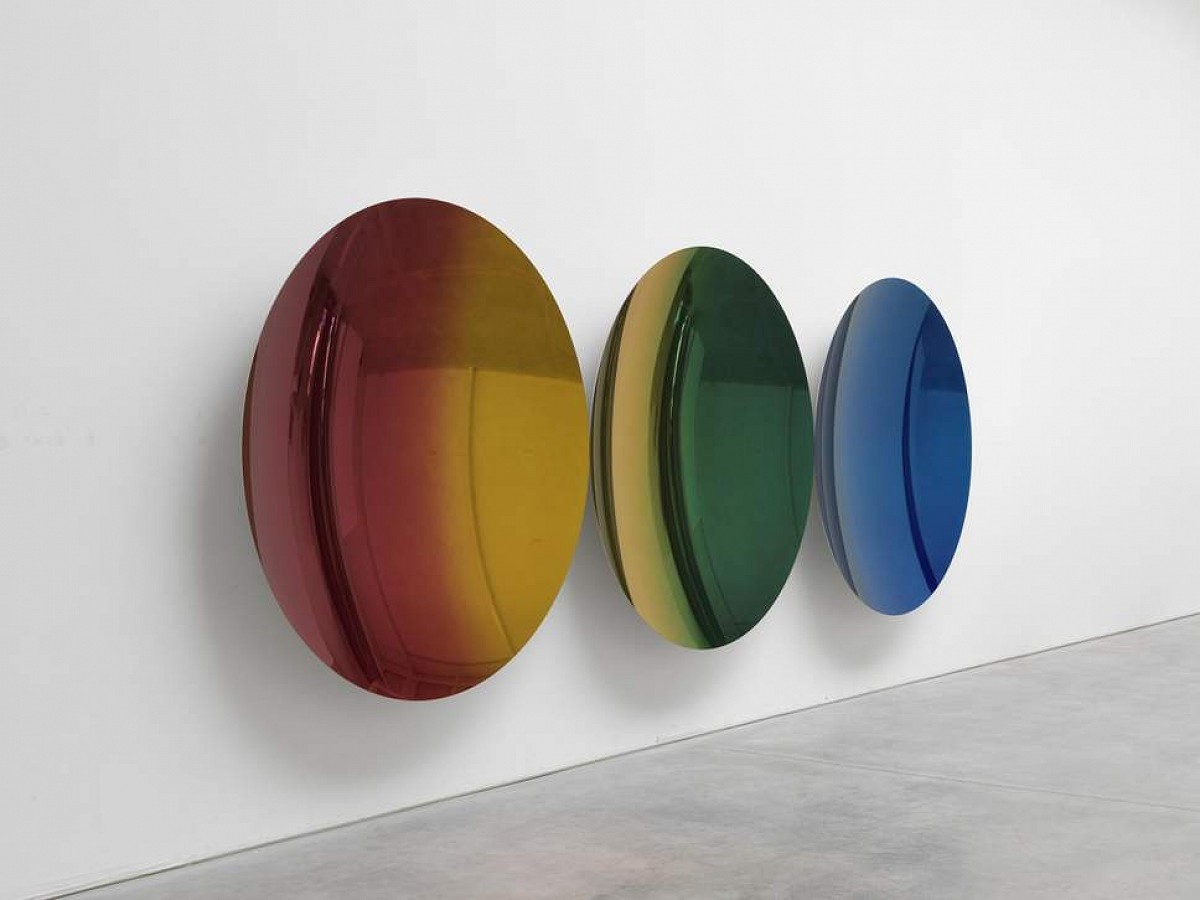Anish Kapoor
Published: April, 2022, Zoo Magazine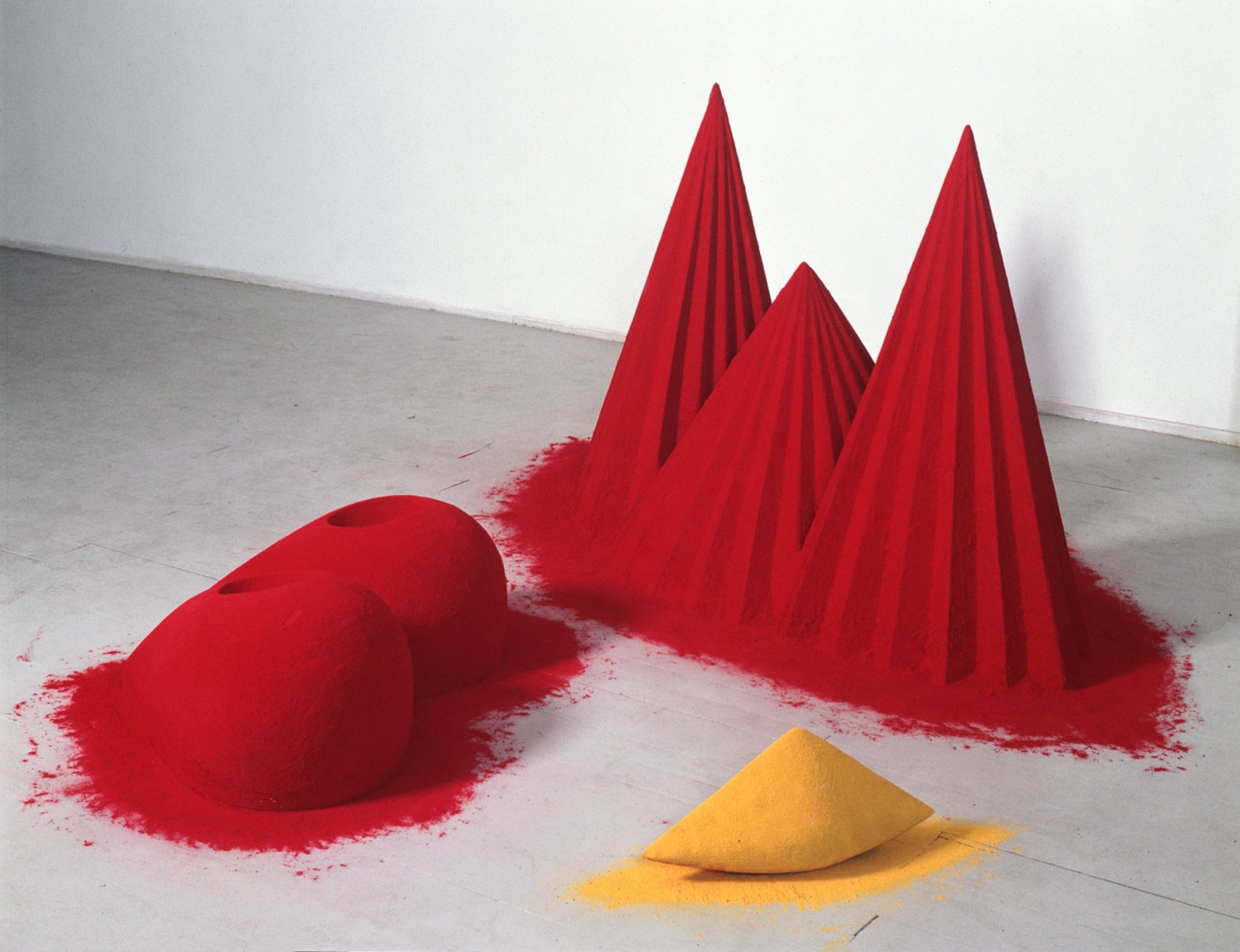
MG: What about you specifically? Was being culturally mixed an advantage for you?
AK: No question about it. I have no doubt about it for me. But then I can only speak for me.
MG: Going back to Leonardo another question I would like to ask you is about the process of learning. Leonardo advised in his Treatise on Painting that you have to copy the great artists to develop your own skills. Does it also apply to you? Did you look at great artists from the past or present to learn?
AK: It’s a tough one. We seem to have moved away in our understanding from skill. Now skill is a real question; it isn’t enough. Modern or postmodern thinking seems to say that craft is not in itself a practice. We can see in most art schools and most places of training that actually this is not something that is practiced very much anymore – if at all.
MG: What did you replace skill with?
AK: The really, really hard work. Because making art must have to do with the ability to practice. I can’t do something because I think it. What I know is of no interest to anybody – or me. It’s what I don’t know that really matters. To even touch the beginning of what I don’t know I have to have a practice, which means that I go to the studio every day and work. Make garbage if that’s what it is, make what I can use and work with in order to excavate something. That’s a psychological method rather than an academic method.
MG: Are you looking at art of other artists as well? Leonardo considered ancient art more interesting than modern art of his time. What about you?
AK: All of it. Old and new – whatever volume can be had. Always with that question: ‘Does it have psychic reality?’ I mean that’s the way we all look at art, isn’t it?
MG: What is for you an ultimate good work?
AK: The most difficult thing for an artist to do – that Leonardo did, which is probably why he’s really great, is to make something mysterious. Mysterious meaning enduringly mysterious. How can you look at a work as much as you like and never understand what it is? One thinks of Mona Lisa, but there are one or two other Leonardo works that have this mysterious quality. If we really look, deeply look, into the artifacts of the world – it doesn’t matter from what time – there are very few that are truly, deeply mysterious.
MG: What is your most mysterious work?
AK: Off the top of my head … I’ve got to say Marcel Duchamp’s Large Glass.
MG: Great it is, but I mean a work that you made.
AK: Oh, my work. Oh, don’t ask me. That’s not fair.
MG: Please…
AK: Probably I would say Descent into Limbo that I first showed at Documenta in ’92 and I’ve shown it several times since. What do I know? (chuckles)
MG: In 1992 you participate at Documenta; 1989 you made the exhibition Void Field, in 1990 you did the British Pavilion at the Venice biennale, in 1991 you won the Turner Prize. This sounds like a miraculous outburst of recognition. Why do you think the response to your works was so huge at that time?
AK: Oh dear, I don’t know. The most important question I hope my work brings up, and I believe it is the only real question: What is this thing? – What is it? Why is it? Is it understandable? Is it not understandable? You can’t seek out meaning. Just as you can’t wake up in the morning and say, ‘Today I’m going to do something spiritual.
MG: I know. Could it be that you have touched, if we speak about this worn-out term, the spirit of the time?
AK: Well, it’s very, very hard. You cannot pursue the zeitgeist, it can only come out of practice. That’s why I believe practice is everything, because it’s daily application. The question is to keep at it, allow something to emerge and watch it. Much like in the process of psychoanalysis, which until recently I was in for thirty years.
MG: Really? Why did you do that?
AK: Because I had to. You don’t do these things for fun.
MG: Your studio practice was not enough to replace the psychoanalysis?
AK: Well, no. I don’t see it like that. I see it as a parallel. What happens in psychoanalysis is that you go and lie down on a couch and then you say whatever needs to be said, content emerges, and then you work with the stuff that you notice. Some things are painful, some things are difficult. Well, isn’t being in the studio exactly the same? I go to the studio and I do something – it doesn’t really matter what. As they say in Zen ‘First idea – best idea’. Don’t think. Just do it. That process is really important, it’s a process that deposits material. Then you get a problem, oh god, another problem. How am I going to resolve the problem in this work? I think that’s when the real work of an artist starts. I won’t go there with Leonardo because I don’t think that was the practice of his age.
MG: Leonardo apparently had left many works unfinished when he lost his interest in making them. Do you recognize it?
AK: My studio is absolutely full of half-solved problems and I go around it every day asking myself what am I going to do? How do I take this forward?’ I mean it is a necessary and powerful part of the process that I have to work with. Lots of half-solved problems. I mean it is a necessary powerful process of the method I have to work with. Lots of half-solved problems.
MG: A fascination that you seem to share with Leonardo is technology and engineering. A lot of your works are executed in a technologically highly sophisticated way, if you think about Cloud Gate, Sky Mirror or even your concave mirrors. But we cannot speak about you and technology without talking about the nano-tube pigment you have called ‘blackest black’. This is a technological invention that you are participating in. Why is it so important for you to have these excursions outside of your art?
AK: I’ve had a long pre-occupation with emptying out the object, with the space of the void, for the reasons we have talked about. One day about five years ago now, I read in the newspaper an article about a guy who claimed to have discovered the blackest black in the universe. I wrote him a letter and asked if he thought we could work together. His response was that it had no aesthetic application, that it was a material made for the defense industry. But after some persistence on my part we eventually met and we talked, and he understood that it actually does.
MG: How does it work?
AK It is a material that’s put on a surface. It then has to go into a reactor that turns nanoparticles into receptors that absorb light. The material that we are working with absorbs 99.8% of all light. That’s to say that only .2% of the light is reflected back at us. The methodology limits the size so we can only make works about thirty by thirty centimeters at present. It’s been a complicated process, for example we’ve had to sign an official secret agreement in order not to divulge this material because it’s made for the defense industry. It’s tedious but very necessary, and I think it’s quite funny as well. I think that I am probably not so far away from showing the first works.
MG: How does it work conceptually for you?
AK: There is a great deal of work being done on the fold. Various philosophical treaties, French mostly addressed this concept. If the fold is a sign of being, what has been claimed, then this black material makes the fold literally disappear. If the fold is a sign of ‘being’ then this black material is ‘beyond being’.
MG: You touch on the essence of existence.
AK: Well, that’s the proposition. You don’t have to believe me.
MG: Seeing is believing, can’t wait! Something more prosaic, what about the conflict around your exclusive license for this product?
AK: We created the license between us for only one reason: to develop this project. It is technology, it’s complicated, and sadly you can’t do it unless you really spend enough money. We didn’t know where we were going, and we were exploring it together. It was necessary for that.
MG: Let’s speak about your relation to politics which is something that Leonardo was not really involved in although he was likely smuggling politically charged heretical messages (at least thats what we think) in his works. You’re an artist who makes political statements but no political art, aren’t you?
AK: Correct. I really believe that agitprop – art that has overt political messages – has a short life and I’m not a great believer in it as a method. It just doesn’t make good art. But I’m a quotidian being and our world we live in today is beyond disgusting on so many levels that we have to speak. I think it’s a power that we have as citizens: You and I and all our brothers and sisters.
MG: Do you think that this is the role of the artist, to be socially present and to try at least to change the world for as much as possible?
AK: Yes, it’s very hard though. There is little point in us making more or less interesting aesthetic propositions. In the end it looks shit. I keep coming back to that. We have to deal with some kind of psychic reality. We live in an art world that in the last 15 years has been only interested in commodities and in the market. The market kills everything. Once the thing goes to the market it is consumed by it. How can it have power once it’s consumed?
MG: What do you mean by that?
AK: The only way that we can work with the market is to say that money is mythological. I truly believe that artists don’t make objects, we make mythologies. If you look at a Picasso and within its context it’s worth 150 million – that’s part of the mythology of the work because money becomes unreal at those levels. We have to be aware as artists that this is what keeps us alive and allows us to work but at the same time it’s also what robs the work of its inner life. How do we balance these things? These are problems for all of us. that, I won’t play the market game. I don’t believe it’s the right thing to do.
MG: Last week I was at an art fair in Los Angeles and of course I saw also your works hanging there and was thinking about it. How your conceptually very strong works function in this market sphere. They inevitably become the object of decoration of the wealthy, which is how it is. Which brings us again back to Leonardo – also he was serving the power. You cannot avoid it probably.
AK: Exactly –we have to be daft, clever and agile enough to see and avoid self-evident problems. Leonardo was wealthy enough to have a fancy house in Florence, to run a sophisticated studio with lots of assistants. By the standards of his age he was hugely wealthy. Now, money and art have always gone together. Nothing new here. But what we as artists have to do, is to not to be seduced by what the market offers, to make sure that we don’t make work for the market. It is bloody difficult to put it simply.
MG: It is. The last question – the older Leonardo became the more he also questioned his own thinking. Does this apply to you as well? I’m by no means saying that you’re old by the way, I’m speaking about getting older which we all do.
AK: Well, I’m almost 65, so I am.
MG: Do you question your own models that you’ve taken for granted for a very long time?
AK: I used to have written on my studio wall a little phrase that said, ‘never be a worker in your own factory’, and I think about it often. Because one can set up a practice that delivers a certain result and, well, it’s fine, but that’s not what being an artist is. I think that’s why I keep coming back to this really difficult problem: what I know is of no interest, it’s what I don’t know that I’m interested in. I don’t know how to get there even. I don’t even know what I’m talking about. But I think that is the problem, has to be the problem and has to remain the problem. It’s this questioning part of the work that is to me what it means to be alive, to be an artist, to do the work. Otherwise you’ll just work in your factory.
